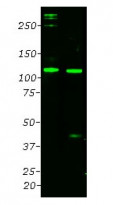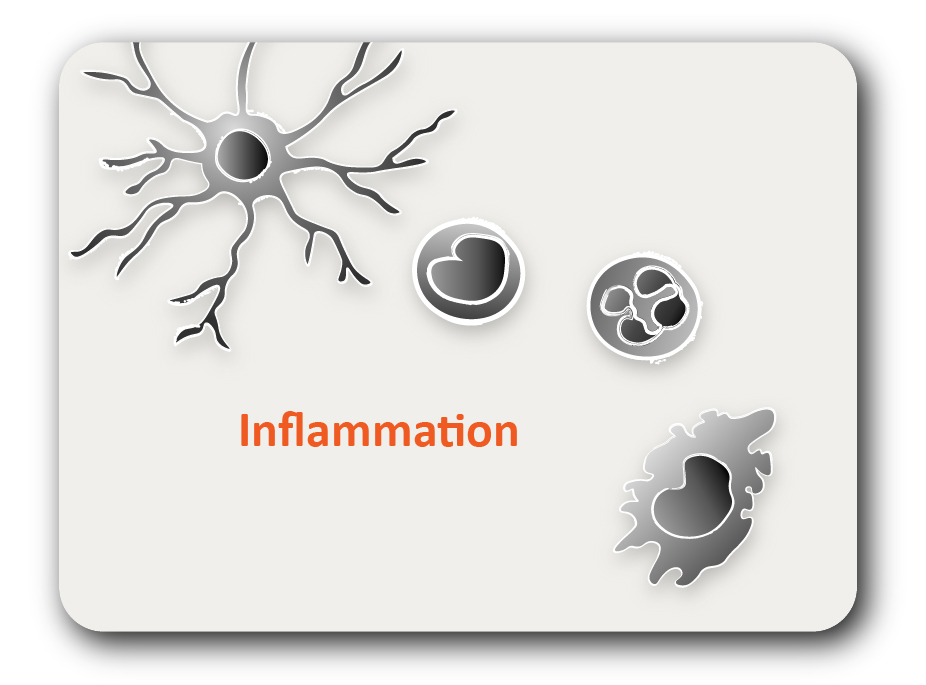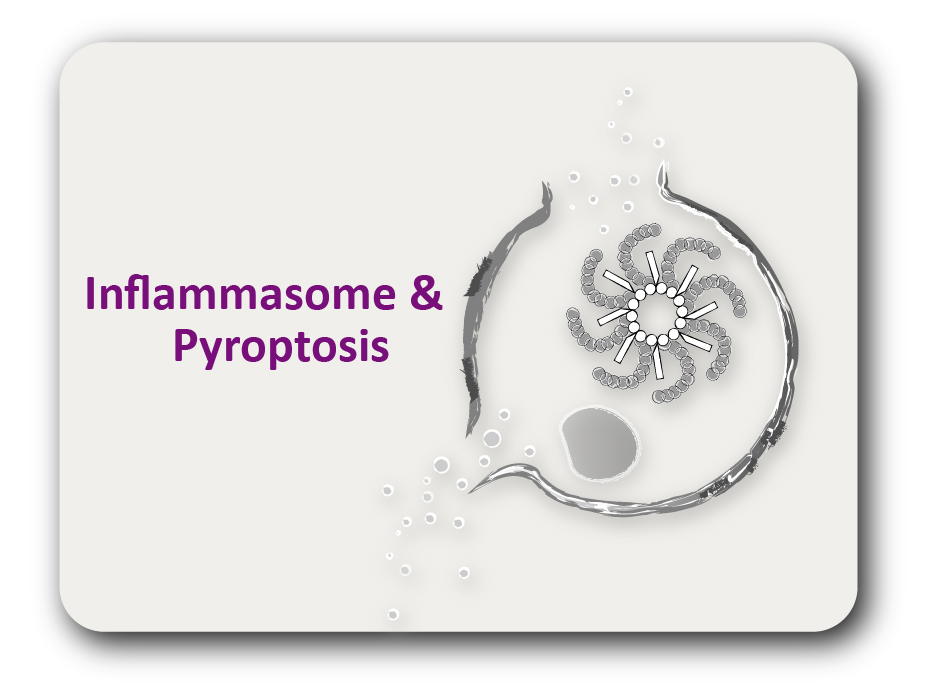ARG10683
anti-Complement C3 (alpha chain, netrin domain) antibody
anti-Complement C3 (alpha chain, netrin domain) antibody for Western blot and Human
概述
| 产品描述 | Chicken Polyclonal antibody recognizes Complement C3 (alpha chain, netrin domain) |
|---|---|
| 反应物种 | Hu |
| 应用 | WB |
| 宿主 | Chicken |
| 克隆 | Polyclonal |
| 同位型 | IgY |
| 靶点名称 | Complement C3 (alpha chain, netrin domain) |
| 抗原物种 | Human |
| 抗原 | Recombinant netrin domain of Human C3 construct, aa. 1533-1645 of NP_000055.2 |
| 偶联标记 | Un-conjugated |
| 別名 | CPAMD1; HEL-S-62p; ASP; ARMD9; C3a; C3b; C3bc; Complement C3; C3adesArg; AHUS5; C3 and PZP-like alpha-2-macroglobulin domain-containing protein 1 |
应用说明
| 应用建议 |
|
||||
|---|---|---|---|---|---|
| 应用说明 | * The dilutions indicate recommended starting dilutions and the optimal dilutions or concentrations should be determined by the scientist. |
属性
| 形式 | Liquid |
|---|---|
| 缓冲液 | PBS and 0.02% Sodium azide. |
| 抗菌剂 | 0.02% Sodium azide |
| 存放说明 | For continuous use, store undiluted antibody at 2-8°C for up to a week. For long-term storage, aliquot and store at -20°C or below. Storage in frost free freezers is not recommended. Avoid repeated freeze/thaw cycles. Suggest spin the vial prior to opening. The antibody solution should be gently mixed before use. |
| 注意事项 | For laboratory research only, not for drug, diagnostic or other use. |
生物信息
| 数据库连接 | |
|---|---|
| 基因名称 | C3 |
| 全名 | complement component 3 |
| 背景介绍 | Complement component C3 plays a central role in the activation of complement system. Its activation is required for both classical and alternative complement activation pathways. A peptide (C3a) derived from the encoded protein has antimicrobial activity, so people with C3 deficiency are susceptible to bacterial infection. [provided by RefSeq, Nov 2014] |
| 生物功能 | C3 plays a central role in the activation of the complement system. Its processing by C3 convertase is the central reaction in both classical and alternative complement pathways. After activation C3b can bind covalently, via its reactive thioester, to cell surface carbohydrates or immune aggregates. Derived from proteolytic degradation of complement C3, C3a anaphylatoxin is a mediator of local inflammatory process. In chronic inflammation, acts as a chemoattractant for neutrophils (By similarity). It induces the contraction of smooth muscle, increases vascular permeability and causes histamine release from mast cells and basophilic leukocytes. C3-beta-c: Acts as a chemoattractant for neutrophils in chronic inflammation. Acylation stimulating protein: adipogenic hormone that stimulates triglyceride (TG) synthesis and glucose transport in adipocytes, regulating fat storage and playing a role in postprandial TG clearance. Appears to stimulate TG synthesis via activation of the PLC, MAPK and AKT signaling pathways. Ligand for C5AR2. Promotes the phosphorylation, ARRB2-mediated internalization and recycling of C5AR2. [UniProt] |
| 预测分子量 | 187 kDa |
| 翻译后修饰 | C3b is rapidly split in two positions by factor I and a cofactor to form iC3b (inactivated C3b) and C3f which is released. Then iC3b is slowly cleaved (possibly by factor I) to form C3c (beta chain + alpha' chain fragment 1 + alpha' chain fragment 2), C3dg and C3f. Other proteases produce other fragments such as C3d or C3g. C3a is further processed by carboxypeptidases to release the C-terminal arginine residue generating the acylation stimulating protein (ASP). Levels of ASP are increased in adipocytes in the postprandial period and by insulin and dietary chylomicrons. Phosphorylated by FAM20C in the extracellular medium. |
检测图片 (1) Click the Picture to Zoom In
-
ARG10683 anti-Complement C3 (alpha chain, netrin domain) antibody WB image
Western blot: 1) 0.2 µg of Human C3 protein, and 2) 20 µg of normal Human serum proteins were stained with ARG10683 anti-Complement C3 (alpha chain, netrin domain) antibody at 1:10000 dilution. The CPCA-C3-Net antibody binds strongly and cleanly to a band at about 115 kDa which represents the intact α subunit of C3 and proteolytic band from this protein at 40 kDa. Bands at 190 kDa and above are likely the pro-C3 and its glycosylated form.






